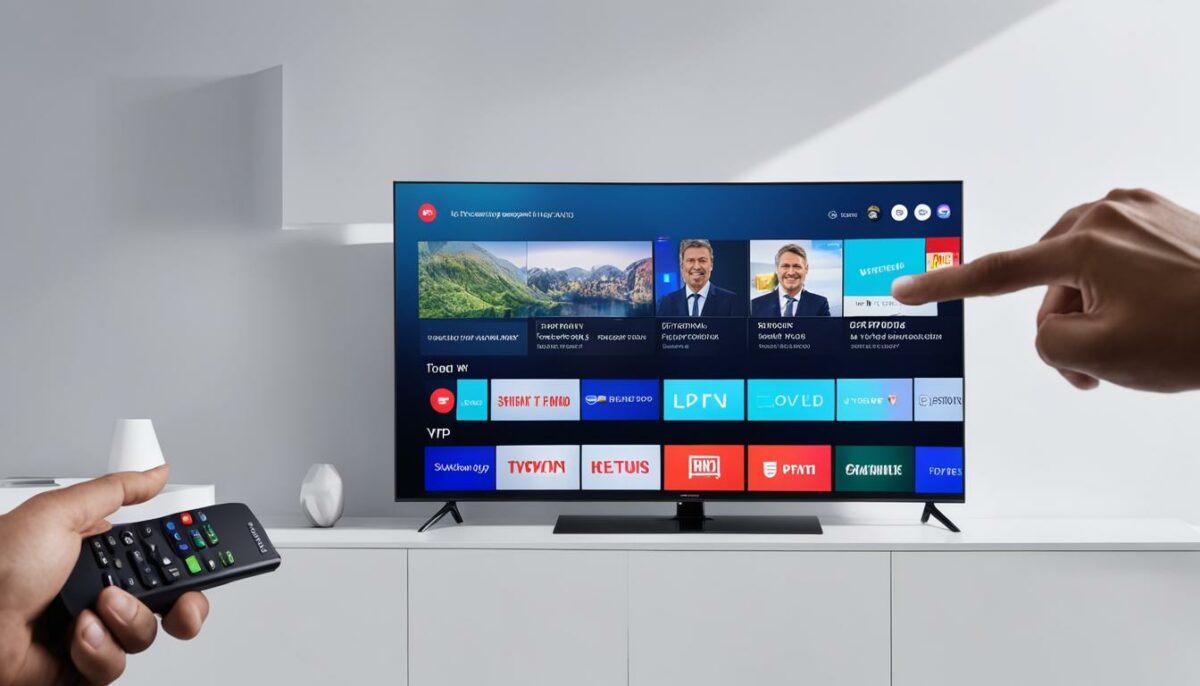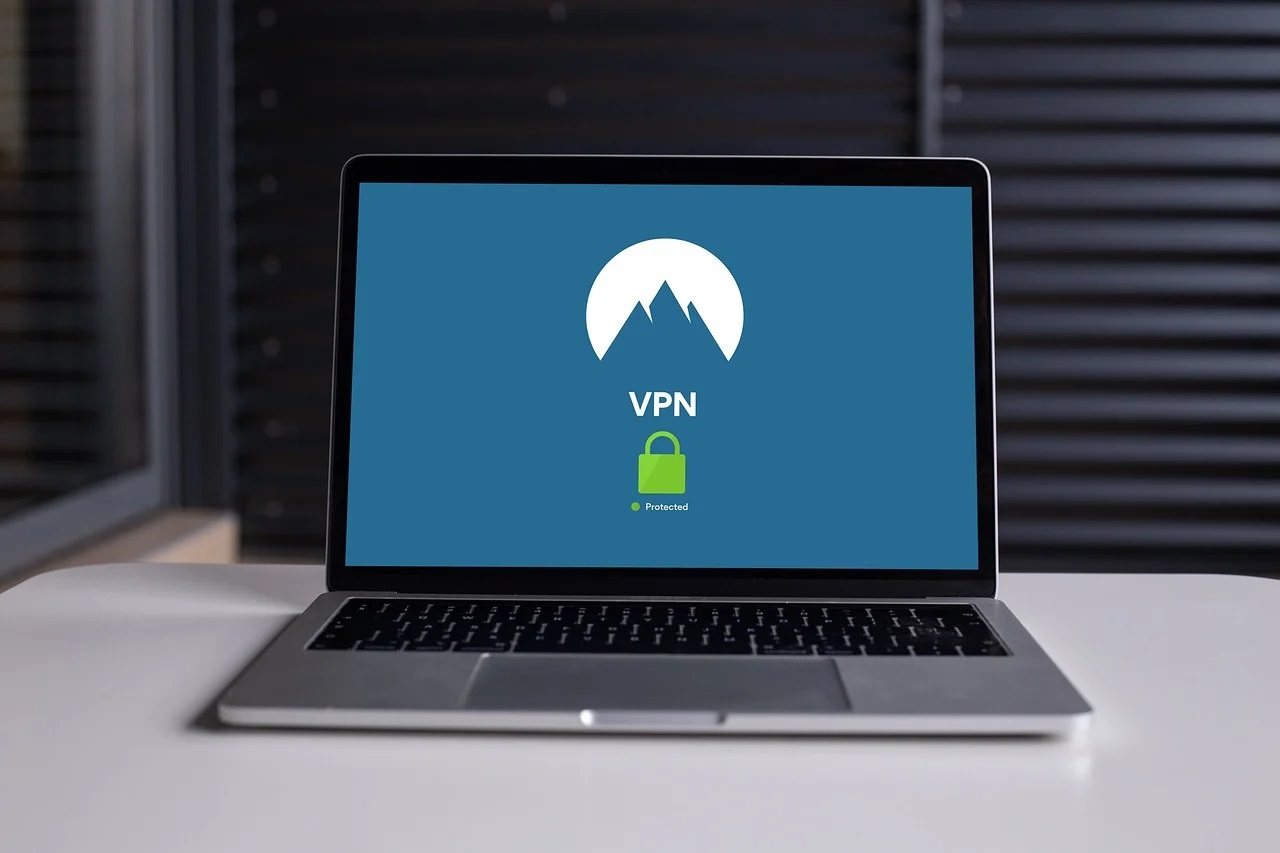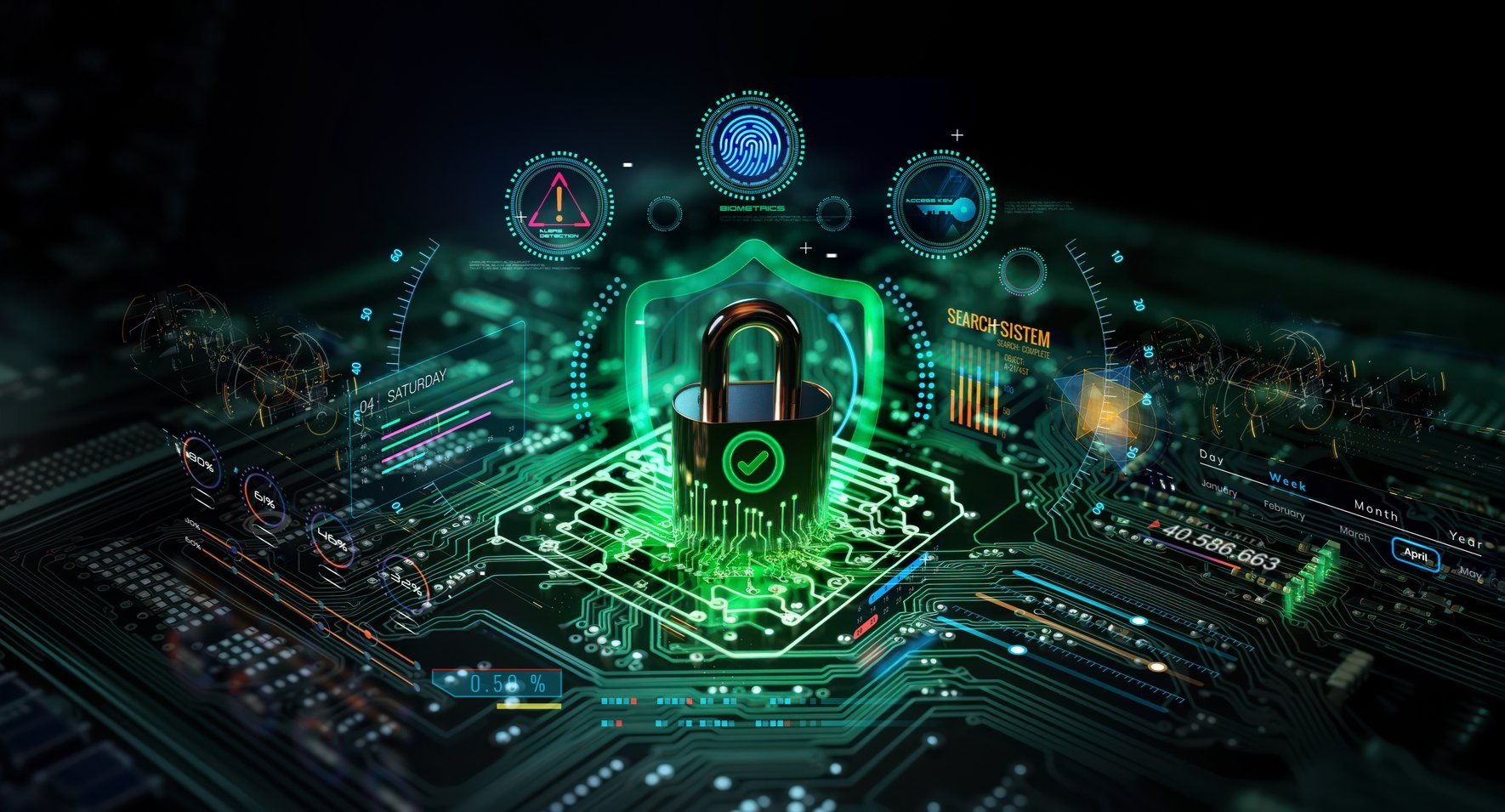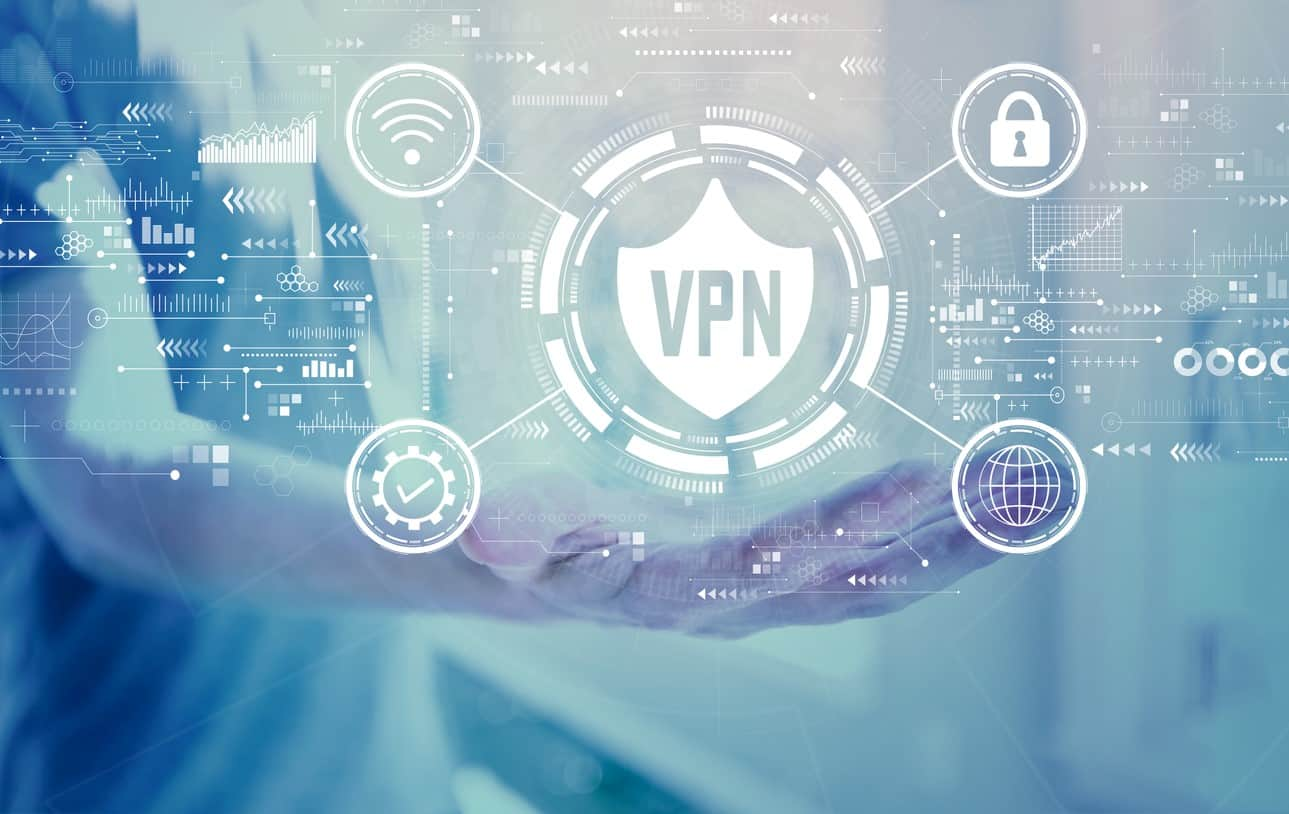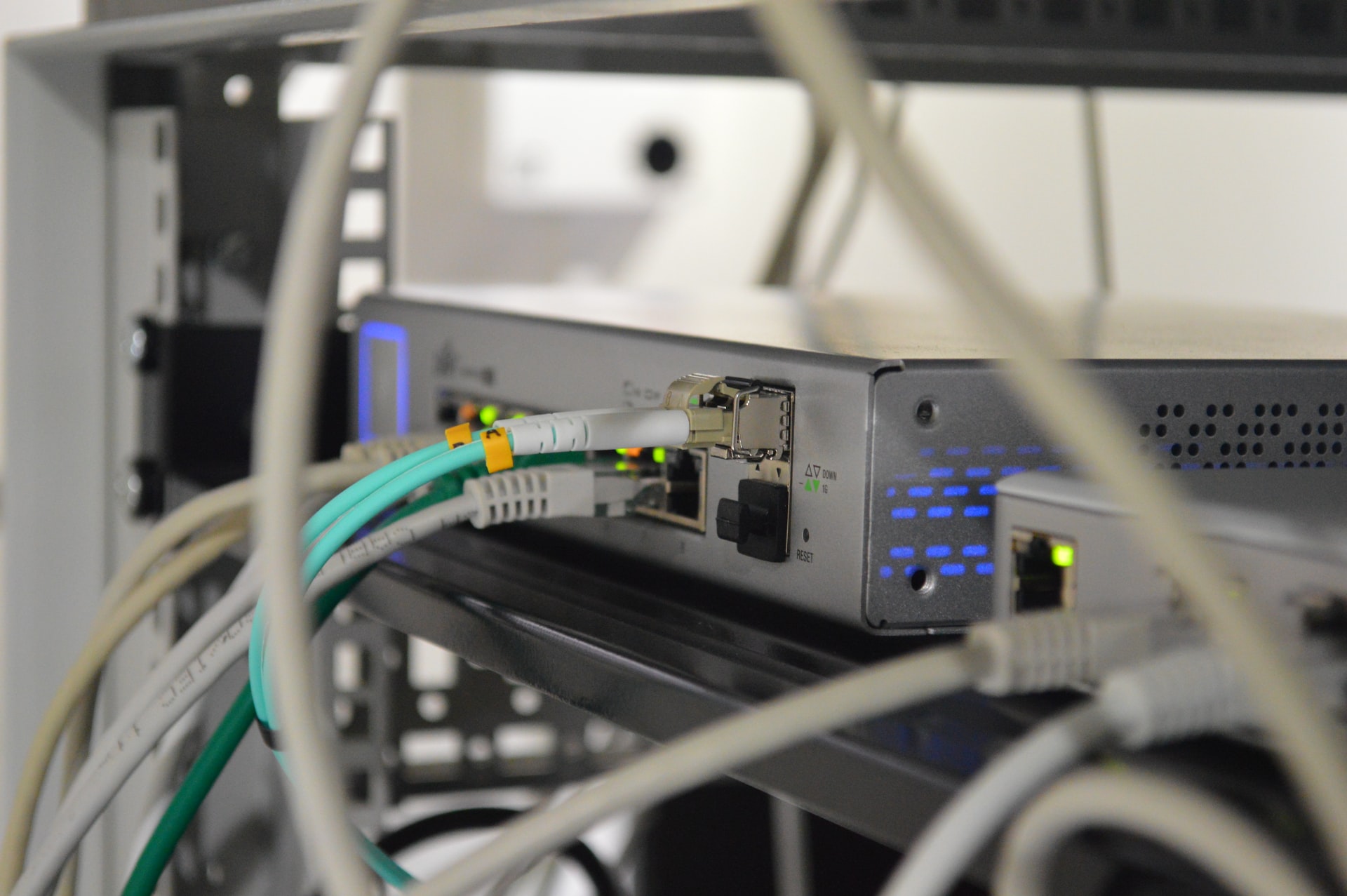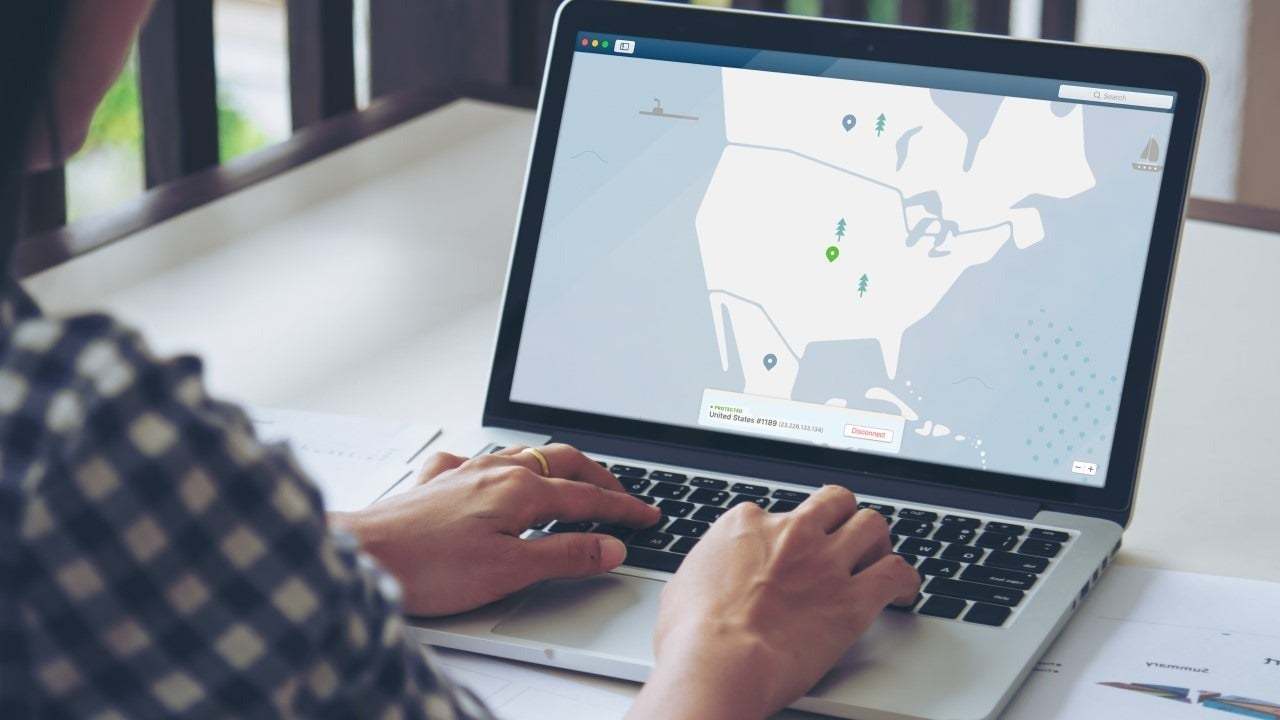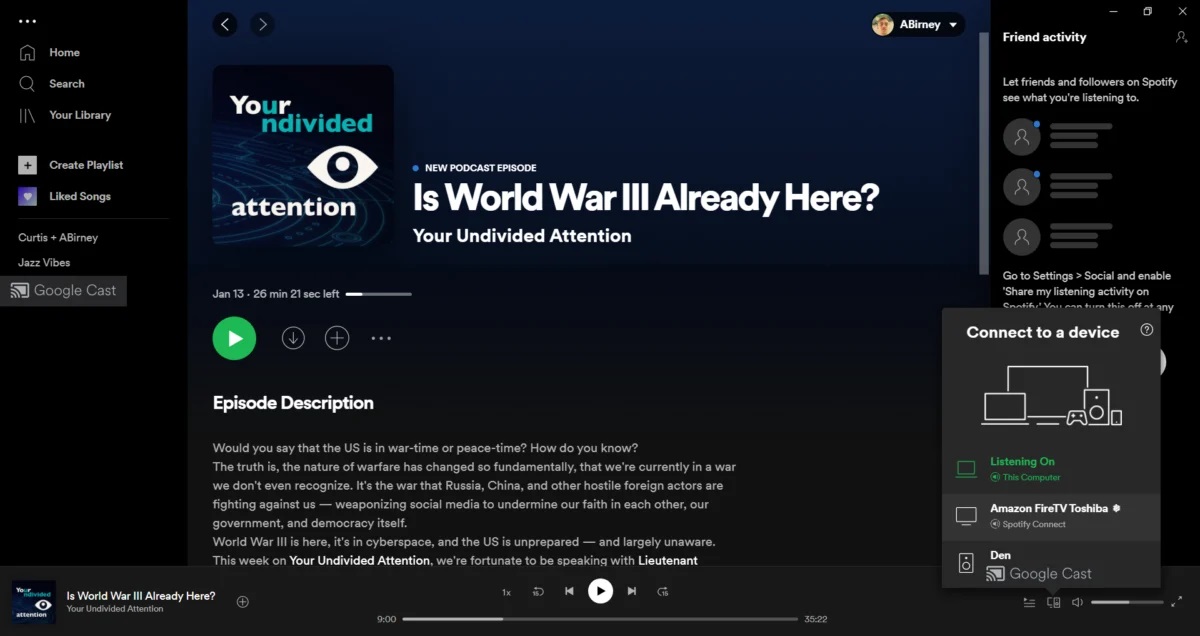Home>Software and Apps>Unlocking Online Freedom: The Ultimate Guide to VPNs for School
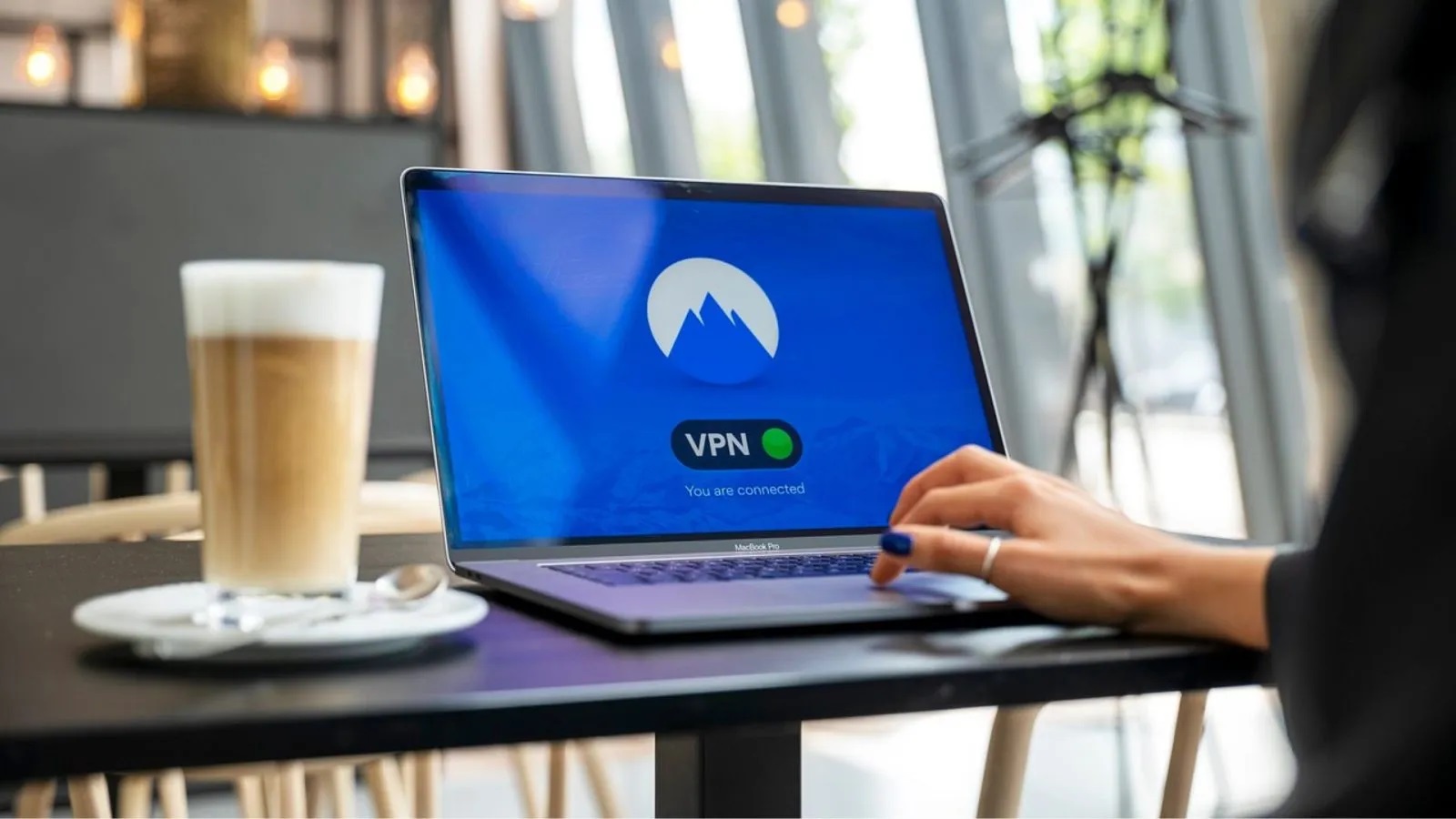

Software and Apps
Unlocking Online Freedom: The Ultimate Guide to VPNs for School
Modified: September 5, 2024
Discover how software and apps can help you unlock online freedom with the ultimate guide to VPNs for school. Explore top recommendations and expert tips.
(Many of the links in this article redirect to a specific reviewed product. Your purchase of these products through affiliate links helps to generate commission for Techsplurge.com, at no extra cost. Learn more)
Table of Contents
Understanding VPNs for School
In today's digital age, online freedom is a crucial aspect of education. Students need access to information, communication with peers, and the ability to complete assignments without geographical or institutional limitations. However, many schools impose internet restrictions to ensure security and maintain academic integrity. Virtual Private Networks (VPNs) offer a secure and private way to browse the internet, addressing these challenges effectively.
What is a VPN?
A VPN creates a secure, encrypted connection over the internet between your device and a VPN server. This connection masks your IP address, making it appear as though you are accessing the internet from the VPN server's location. Widely used by individuals and organizations, VPNs protect data from interception, bypass geo-restrictions, and maintain online anonymity.
Benefits of Using a VPN
- Security: Encrypts internet traffic, making it difficult for hackers to intercept sensitive information such as login credentials and personal communications.
- Anonymity: Masks your IP address, helping maintain online anonymity, crucial for students accessing restricted content.
- Bypassing Geo-Restrictions: Allows access to educational resources restricted to specific regions by making it appear as though you are accessing the internet from a different location.
- Access to Blocked Content: Helps students access blocked websites or services by routing traffic through a server that is not blocked.
- Protection Against ISP Throttling: Prevents ISPs from throttling internet speeds for certain activities by making it difficult to identify the type of traffic being transmitted.
Types of VPNs
Several types of VPNs exist, each with unique features and benefits:
Consumer VPNs
Designed for individual use, these are available as software applications for devices like laptops, smartphones, and tablets. Often subscription-based, they offer features including encryption, kill switches, and split tunneling.
Business VPNs
Tailored for organizations, these provide advanced features such as multi-user support, centralized management, and advanced security protocols. Typically more expensive, they offer greater control and customization options.
Free VPNs
Available without cost but often come with limitations like data caps, slower speeds, and fewer features. They may also collect user data and sell it to third parties, compromising anonymity.
Open-Source VPNs
Developed by communities and available for free, these offer transparency as the source code is open for review. Beneficial for security-conscious users, examples include OpenVPN and WireGuard.
Choosing the Right VPN for School
Consider several factors when selecting a VPN for school:
- Security: Ensure strong encryption protocols such as AES-256 or PGP.
- Speed: Look for fast speeds to minimize internet performance impact.
- Anonymity: Opt for a VPN that does not log user data and maintains strong anonymity policies.
- Ease of Use: Choose user-friendly software that is easy to install and manage.
- Compatibility: Ensure compatibility with your devices, including smartphones, laptops, and tablets.
- Customer Support: Select a VPN with reliable customer support for any issues encountered.
Read more: The Ultimate Guide to the Top Free VPNs
Recommended VPNs for School
- ExpressVPN: Known for fast speeds and strong encryption, it offers a user-friendly interface and excellent customer support.
- NordVPN: Offers advanced security features and a large server network, supporting P2P traffic useful for torrenting educational files.
- ProtonVPN: Ideal for students valuing anonymity, it offers a free version with limited features and a paid version with more advanced features.
- TunnelBear VPN: Known for its user-friendly interface and strong encryption, it offers a free version with limited data and a paid version with unlimited data.
Setting Up a VPN on Your Device
Setting up a VPN on your device is straightforward:
For Windows Devices
- Download the VPN Software: Visit the VPN provider's website and download the software.
- Install the Software: Follow the installation instructions provided.
- Launch the Software: Once installed, launch the VPN software.
- Connect to a Server: Select a server location from the list and click connect.
For macOS Devices
- Download the VPN Software: Visit the VPN provider's website and download the software.
- Install the Software: Follow the installation instructions provided.
- Launch the Software: Once installed, launch the VPN software.
- Connect to a Server: Select a server location from the list and click connect.
For Mobile Devices
- Download the VPN App: Visit the app store (Apple App Store or Google Play Store) and download the VPN app.
- Install the App: Follow the installation instructions provided.
- Launch the App: Once installed, launch the VPN app.
- Connect to a Server: Select a server location from the list and click connect.
Using a VPN in School
Using a VPN in school involves several steps:
- Download and Install the VPN Software: Follow the instructions provided above to download and install the VPN software on your device.
- Connect to a Server: Once installed, connect to a server location not blocked by your school's network.
- Configure Your Device: Ensure your device is configured to use the VPN for all internet traffic, usually done through the settings menu.
- Test Your Connection: Test your internet connection to ensure it works properly and you can access all necessary resources.
- Monitor Your Usage: Be mindful of internet usage, ensuring compliance with school policies and avoiding activities that could compromise safety or security.
Common Issues with VPNs in School
While VPNs offer numerous benefits, some common issues may arise:
- Speed Issues: VPNs can sometimes slow down internet speeds due to encryption. Many modern VPNs have optimized servers to minimize speed loss.
- Compatibility Issues: Some VPNs may not be compatible with certain devices or operating systems, causing connectivity issues.
- Blocking by Schools: Some schools may block VPN traffic, preventing usage. In such cases, use a different server location or switch to another VPN provider.
- Legal Concerns: Using a VPN to access copyrighted materials or engage in illegal activities is strictly prohibited and can result in serious consequences.
VPNs are a powerful tool for students seeking online freedom and secure, private internet access. By choosing the right VPN, setting it up correctly, and using it responsibly, students can overcome many restrictions imposed by schools. Whether accessing geo-restricted educational resources, bypassing blocked content, or maintaining online anonymity, a VPN is essential for any student in today's digital age. Always use your VPN responsibly and in compliance with school policies to enjoy the benefits of online freedom without compromising safety or security.

